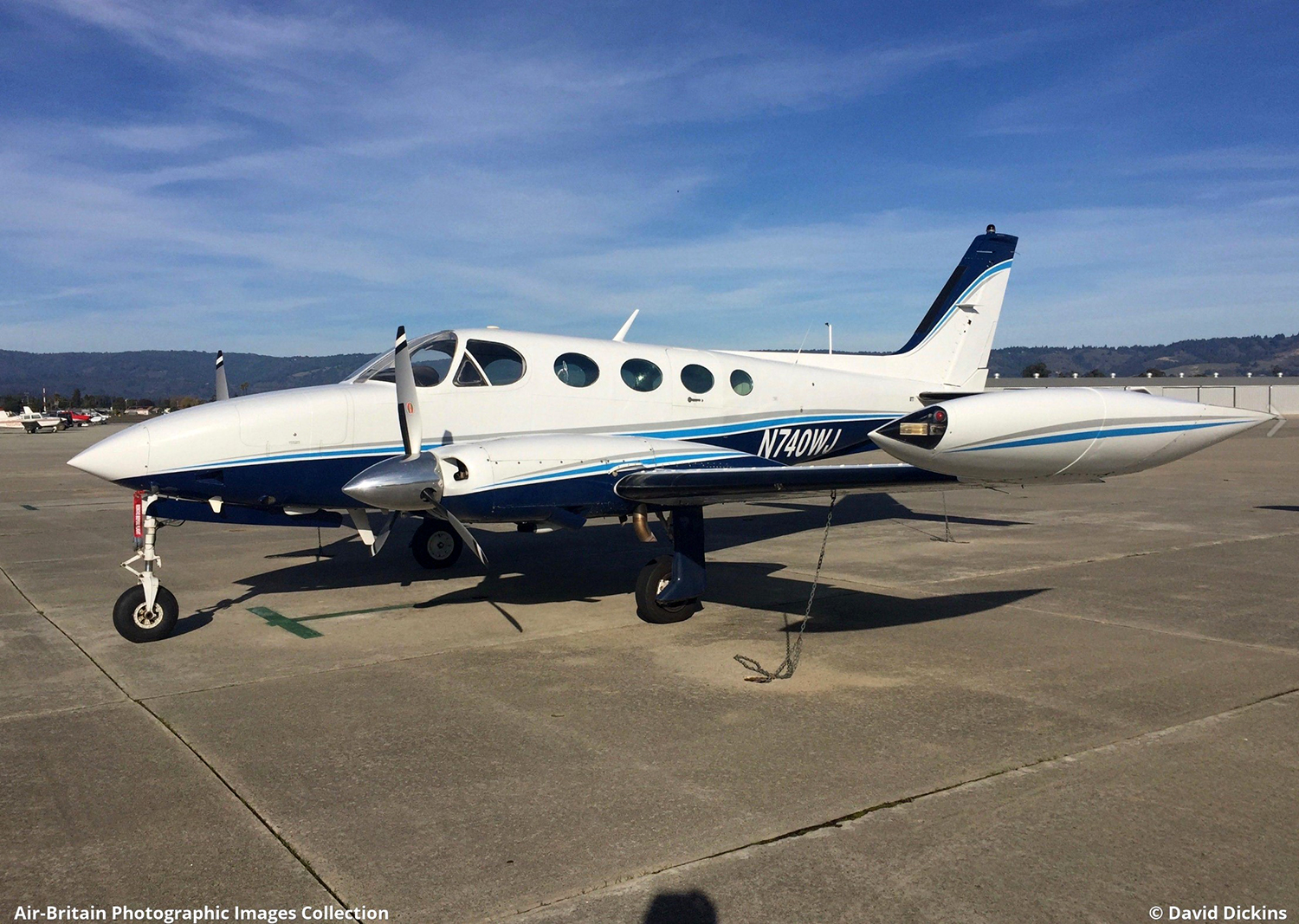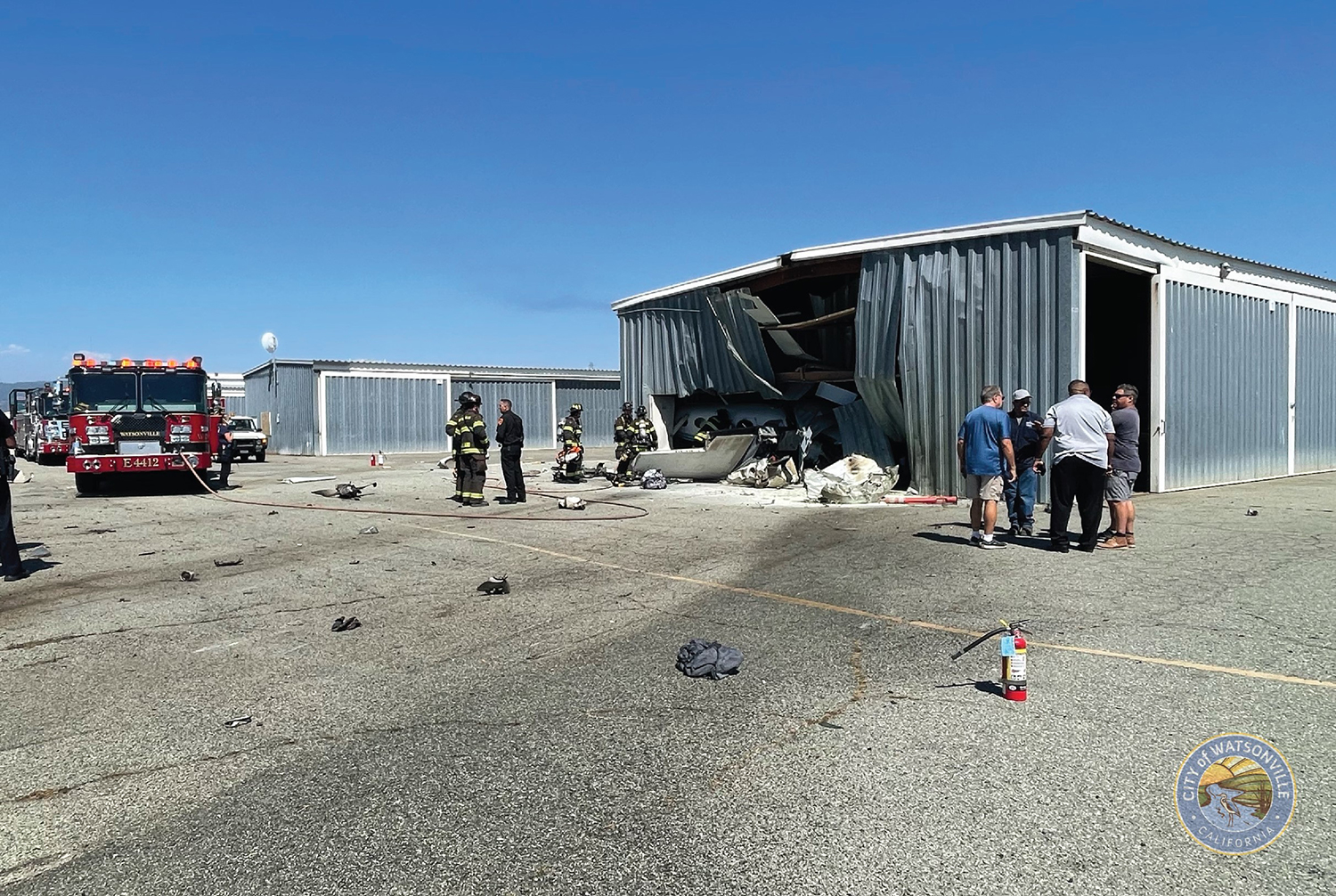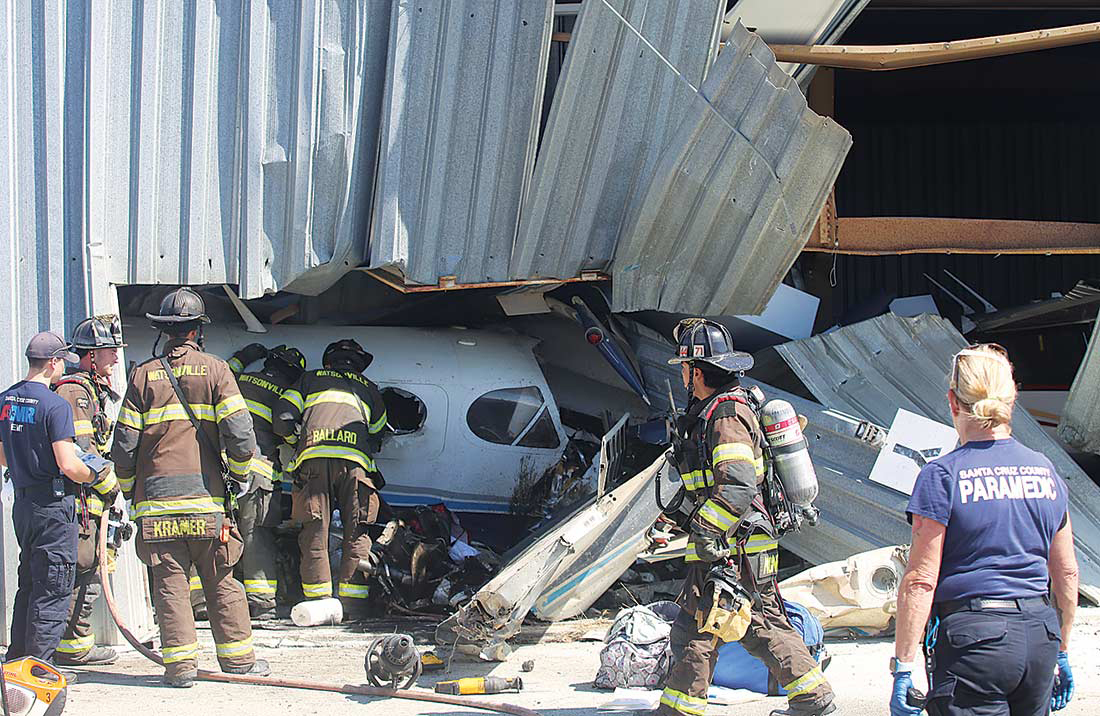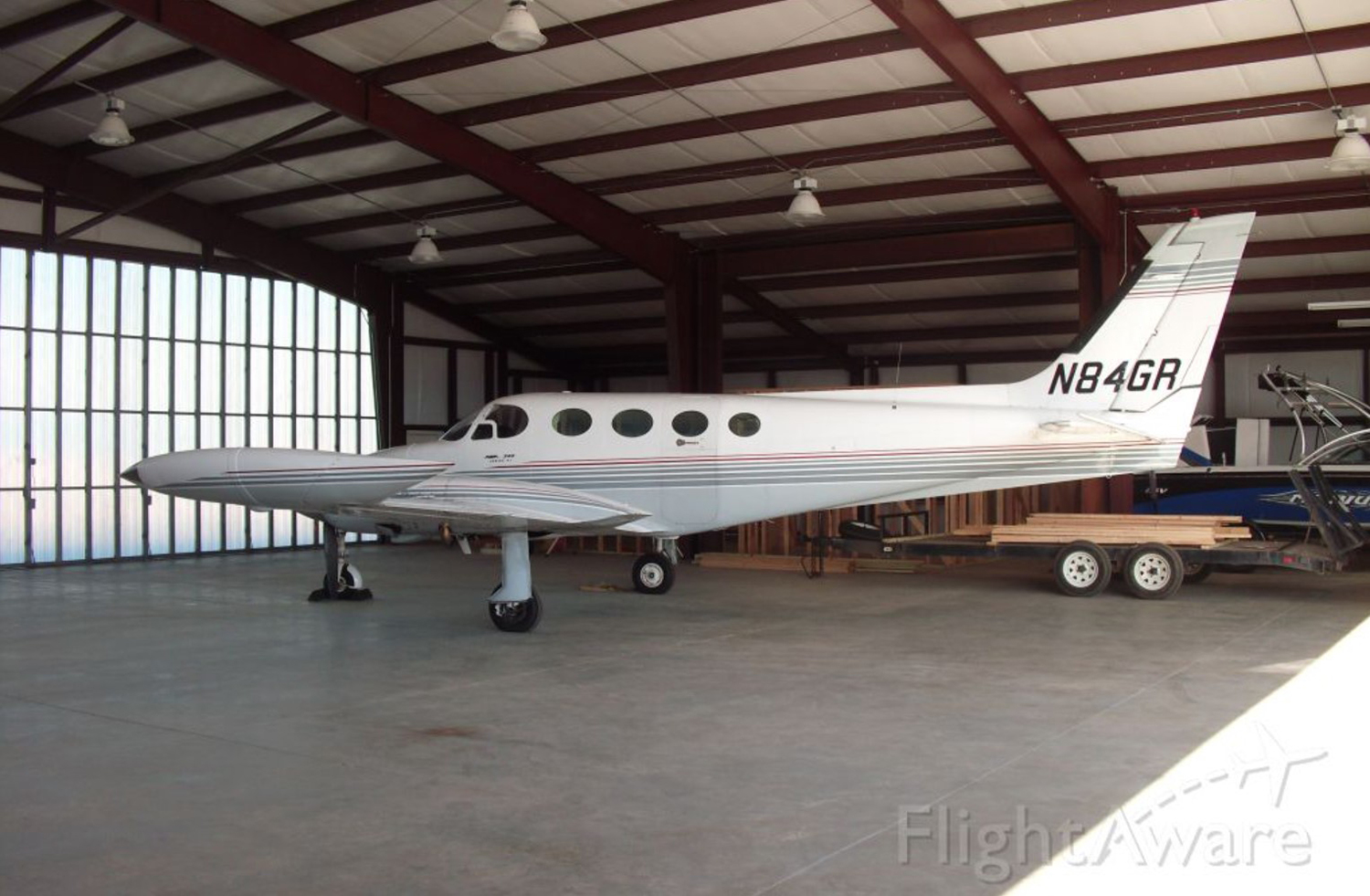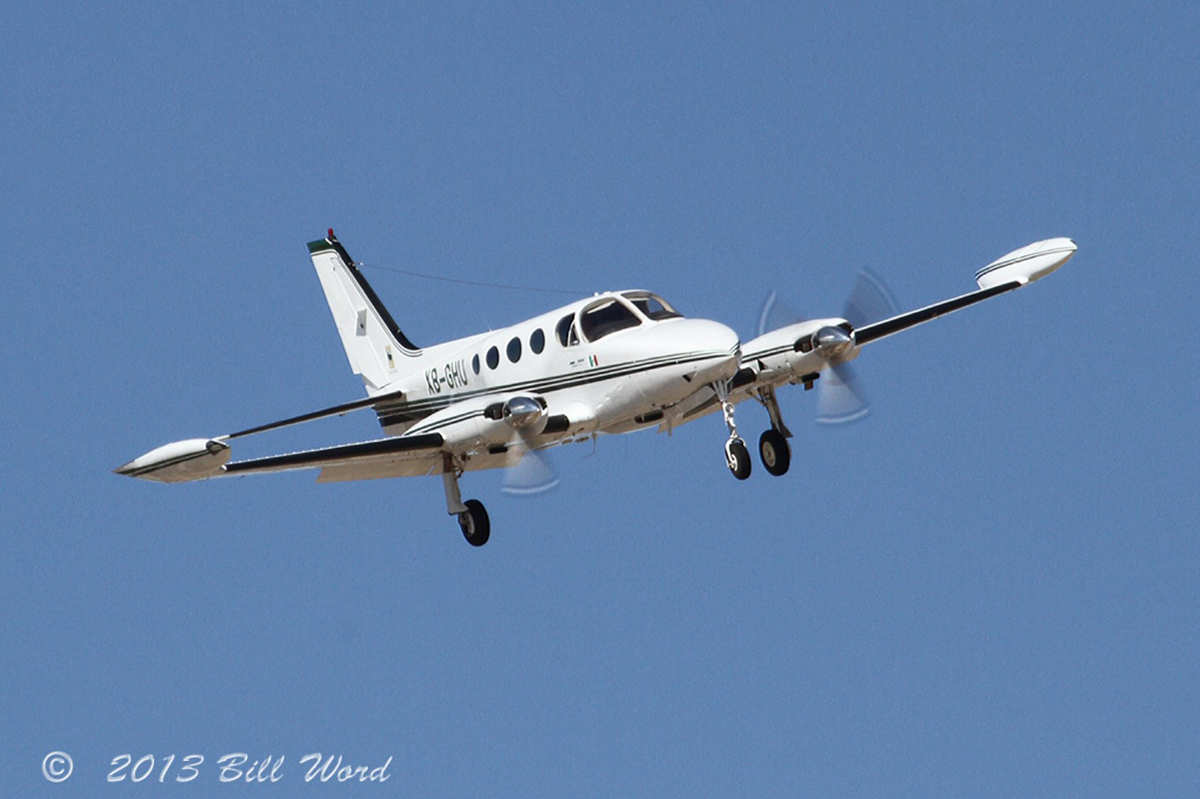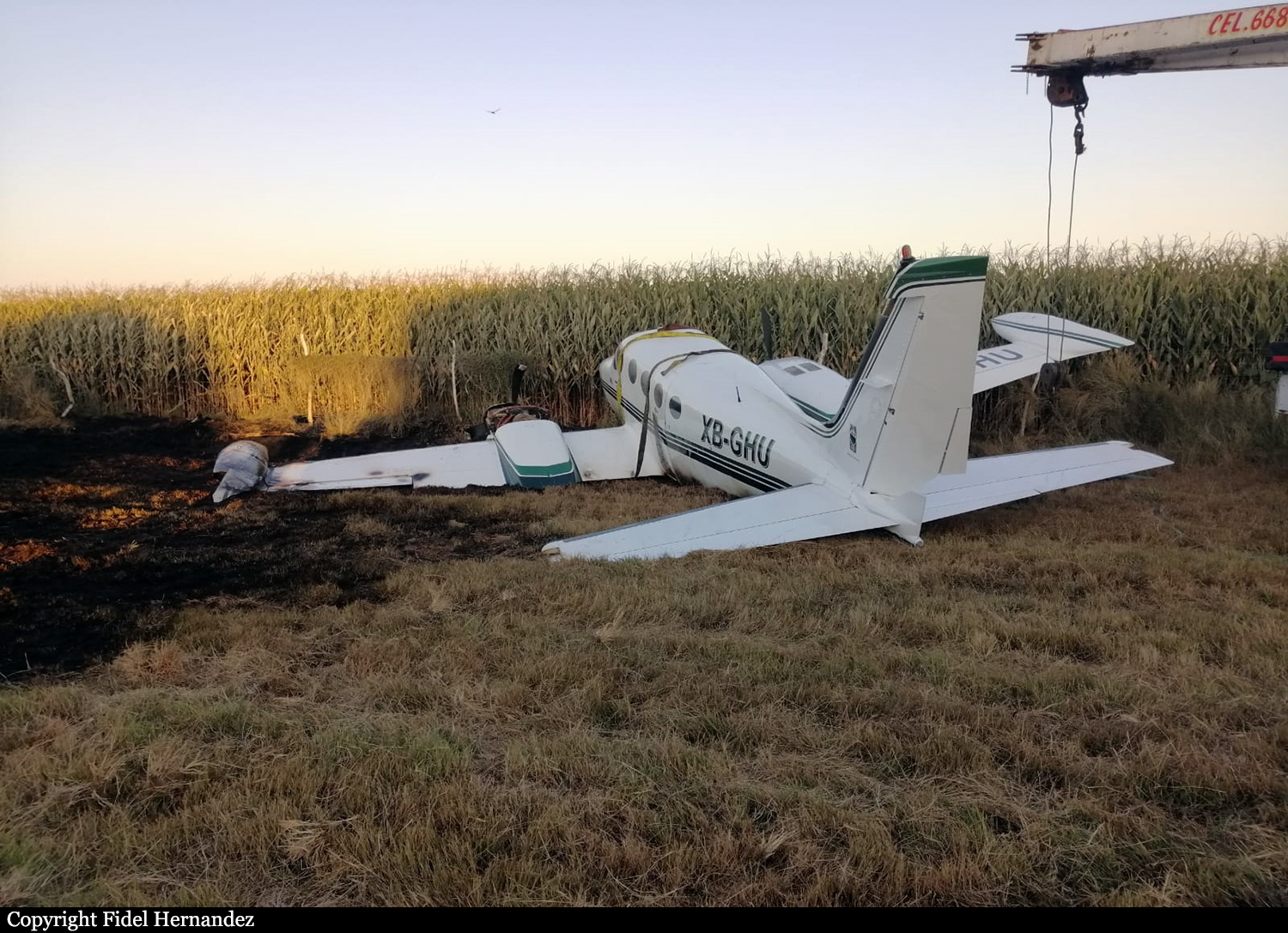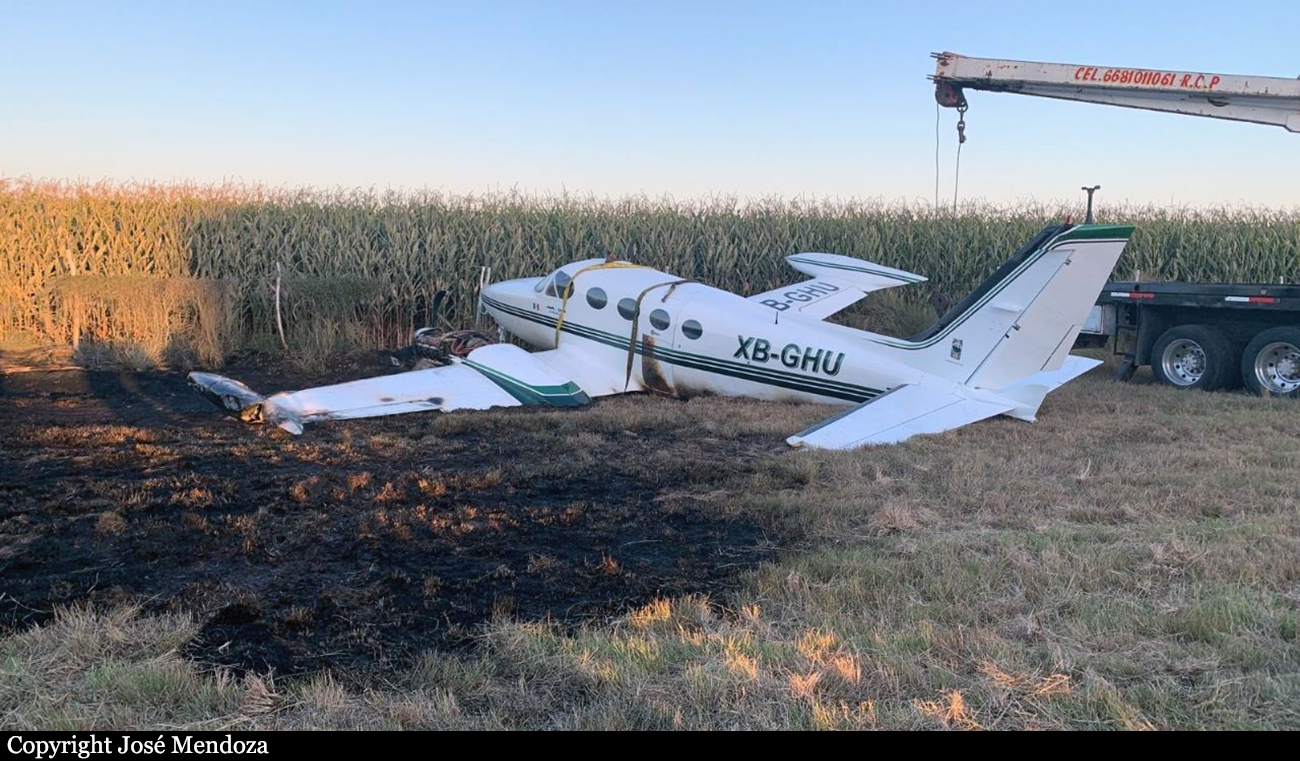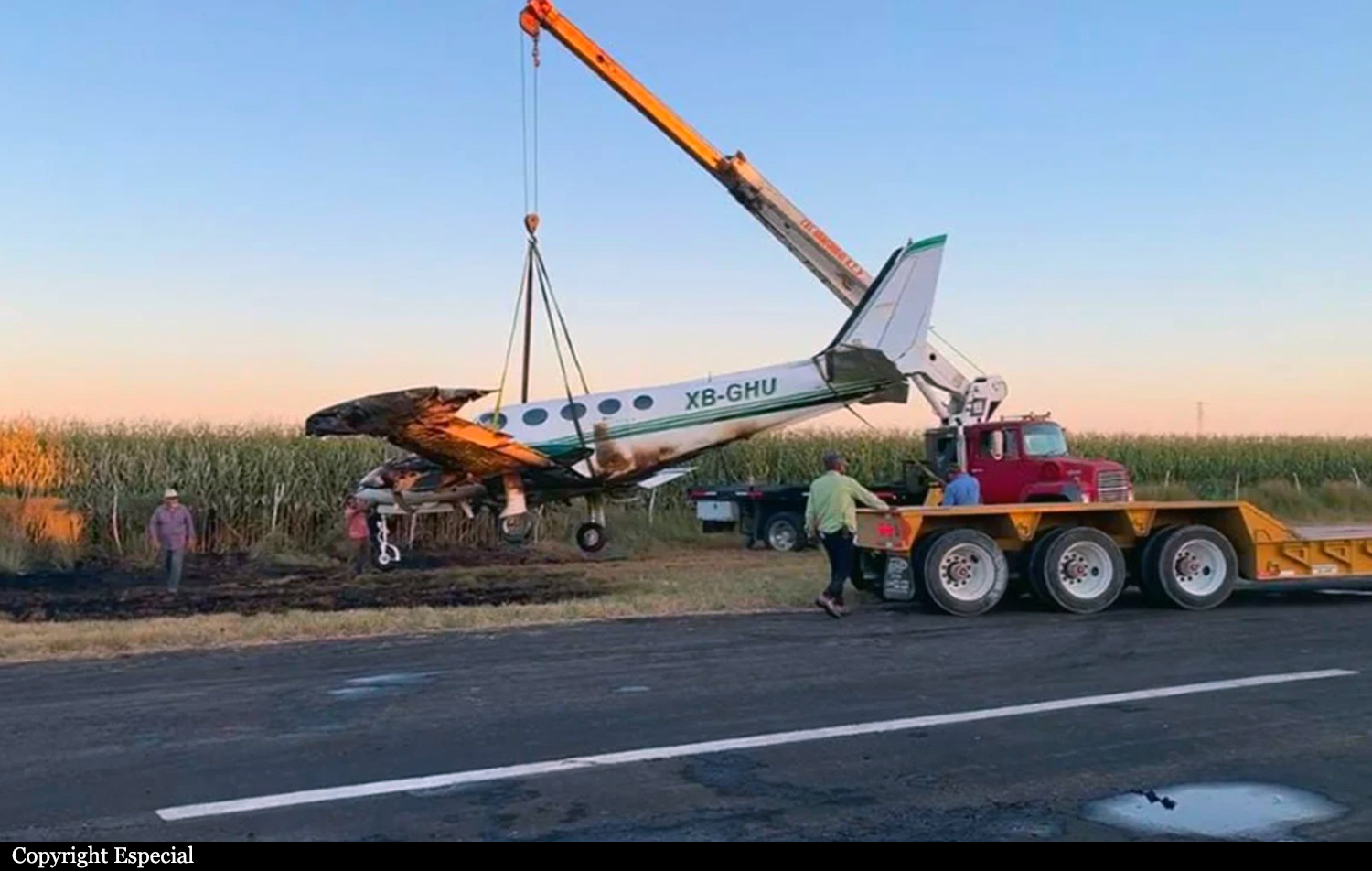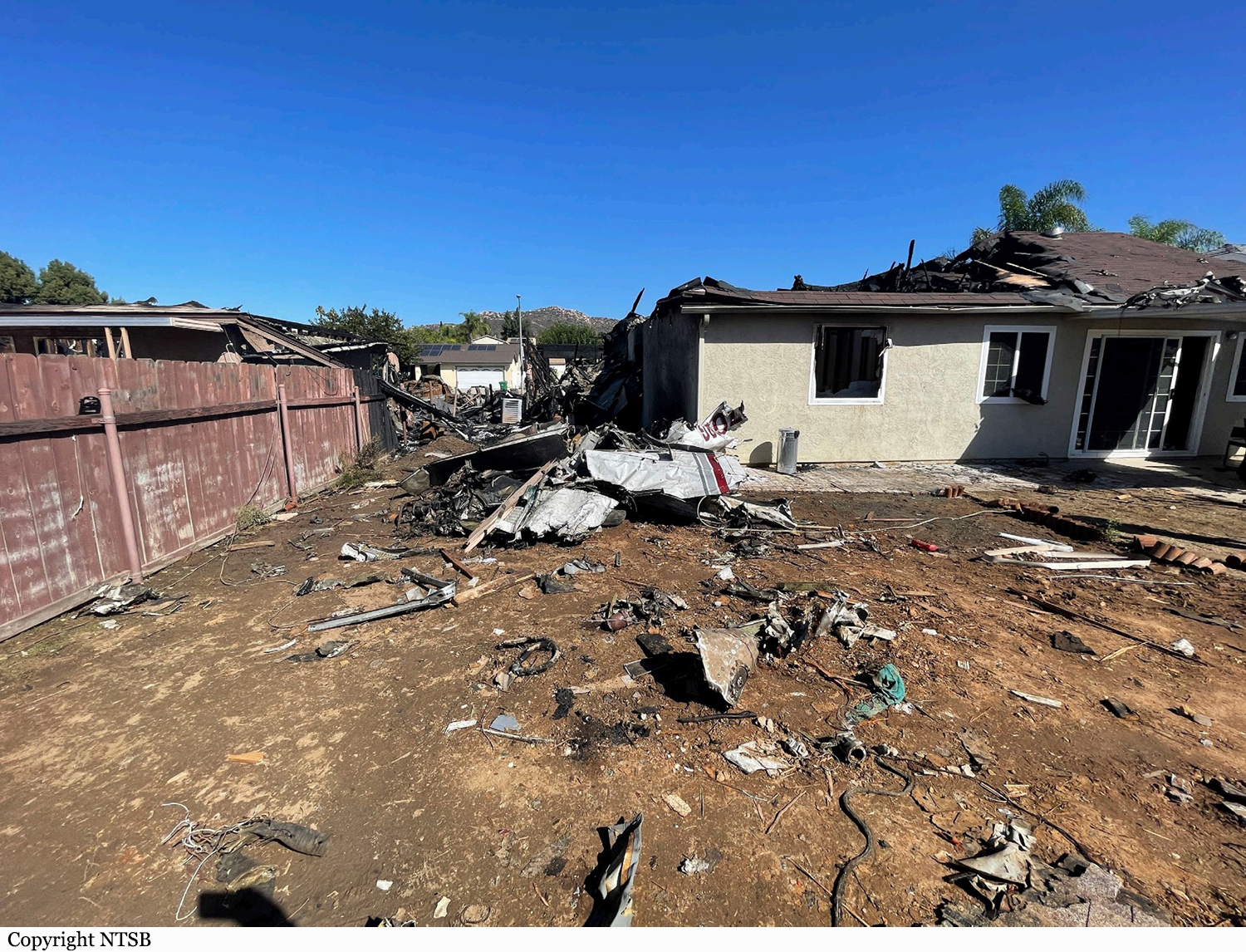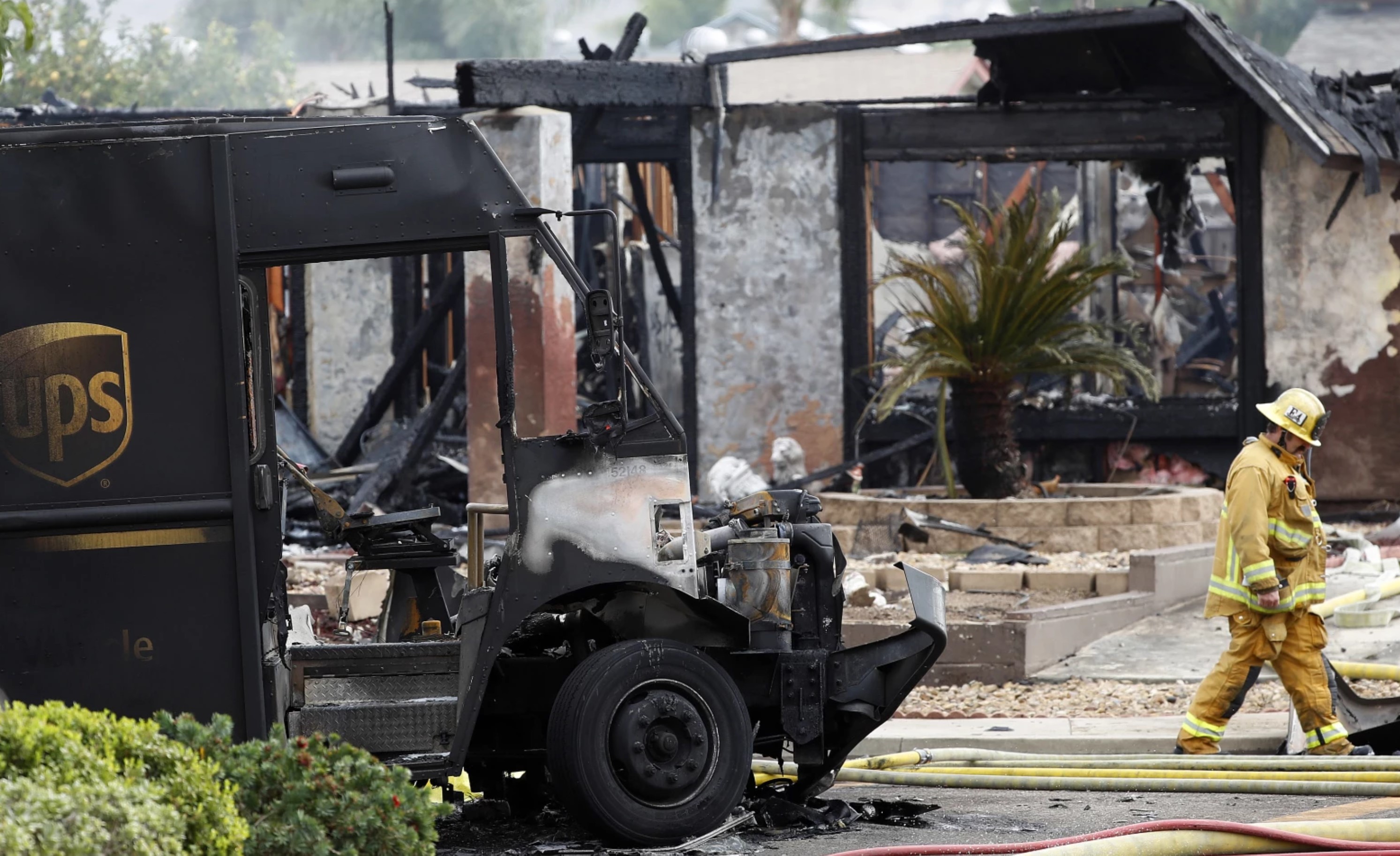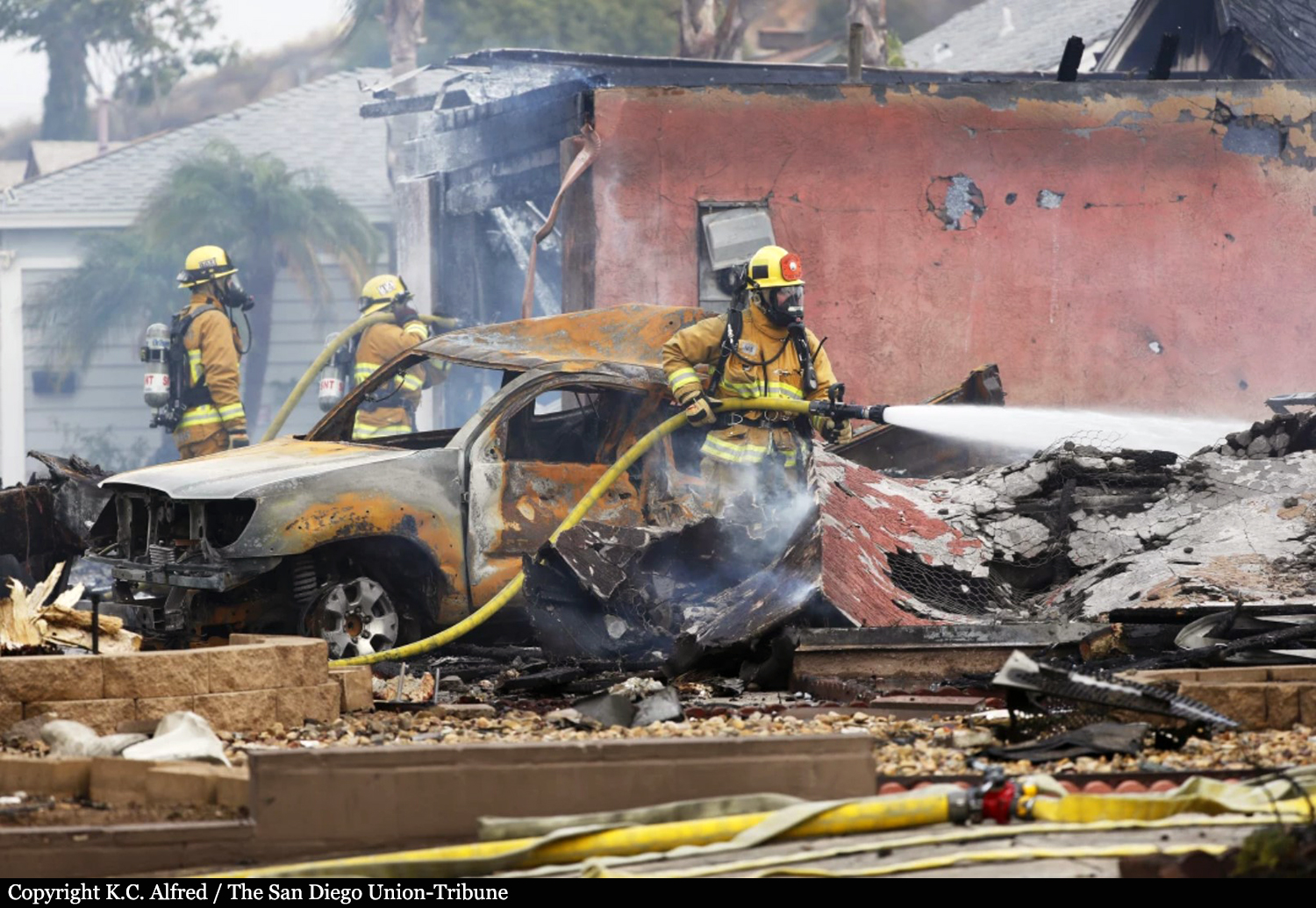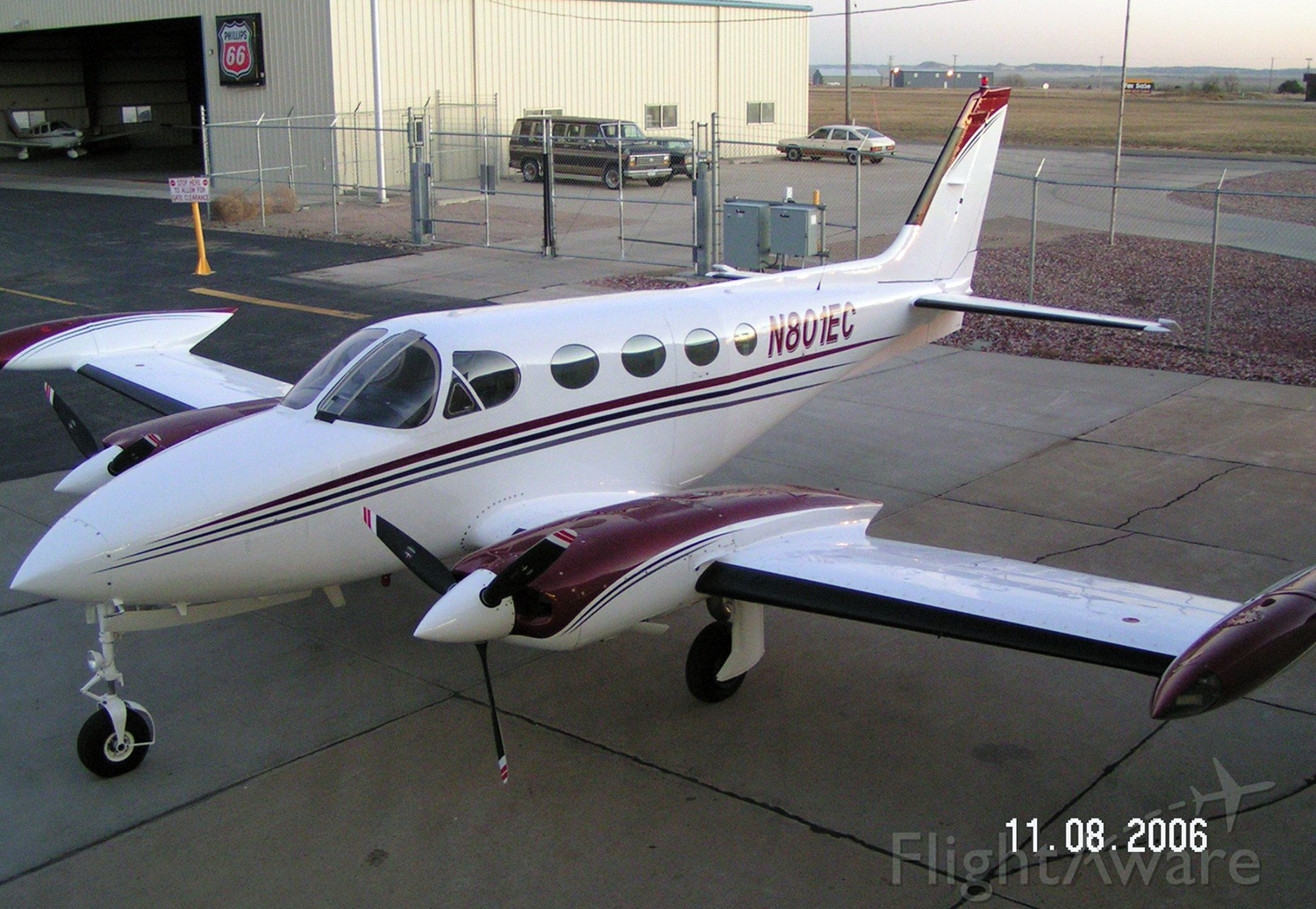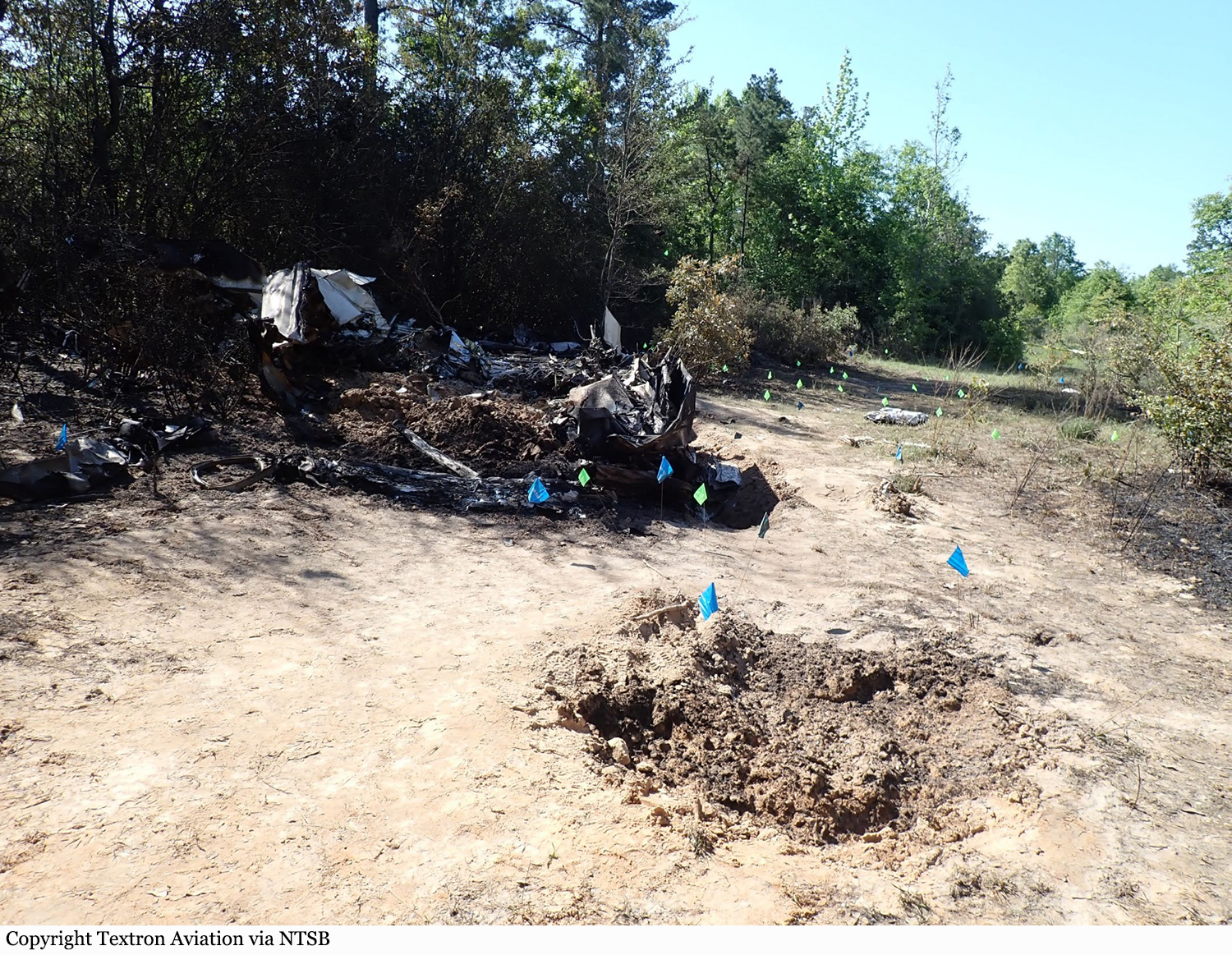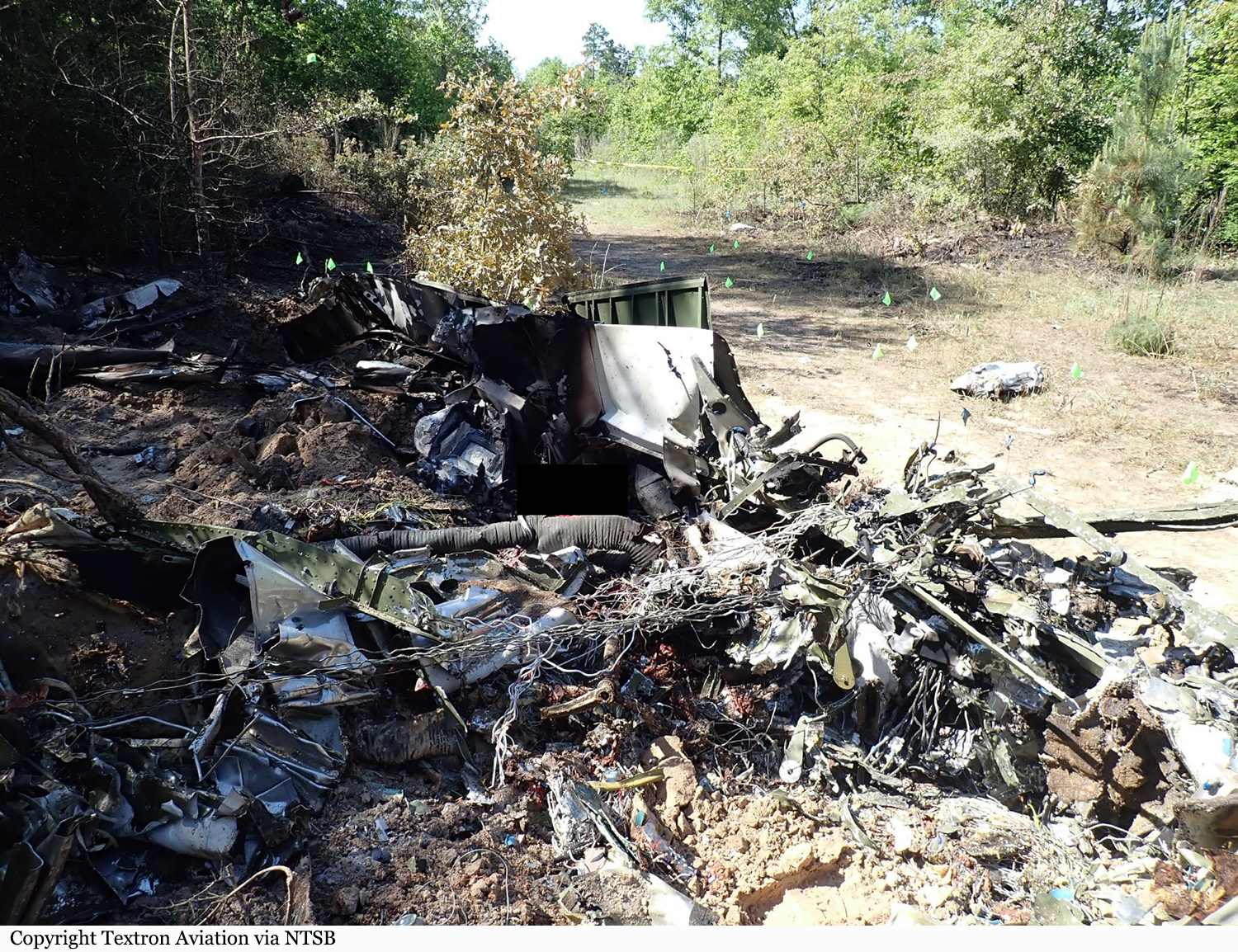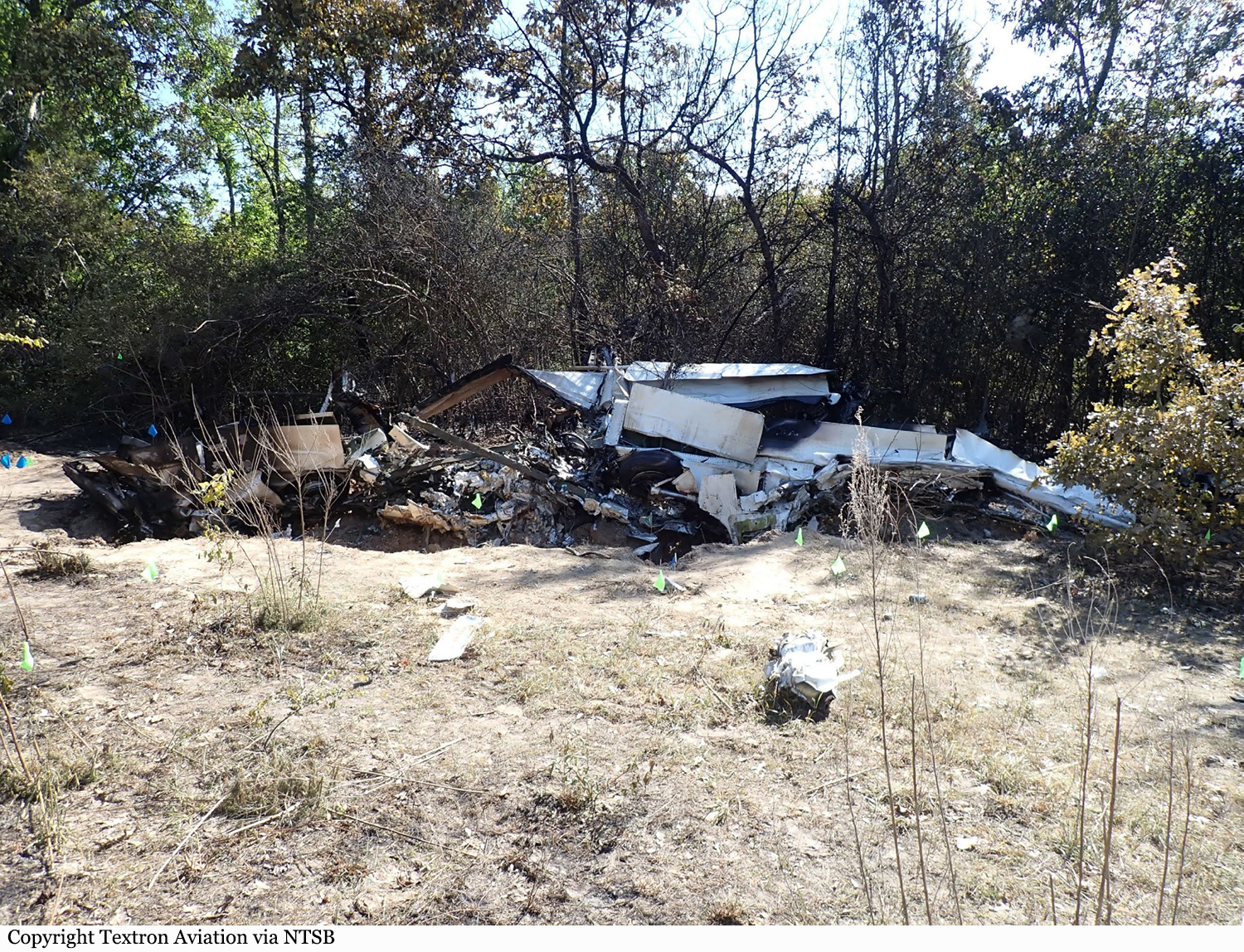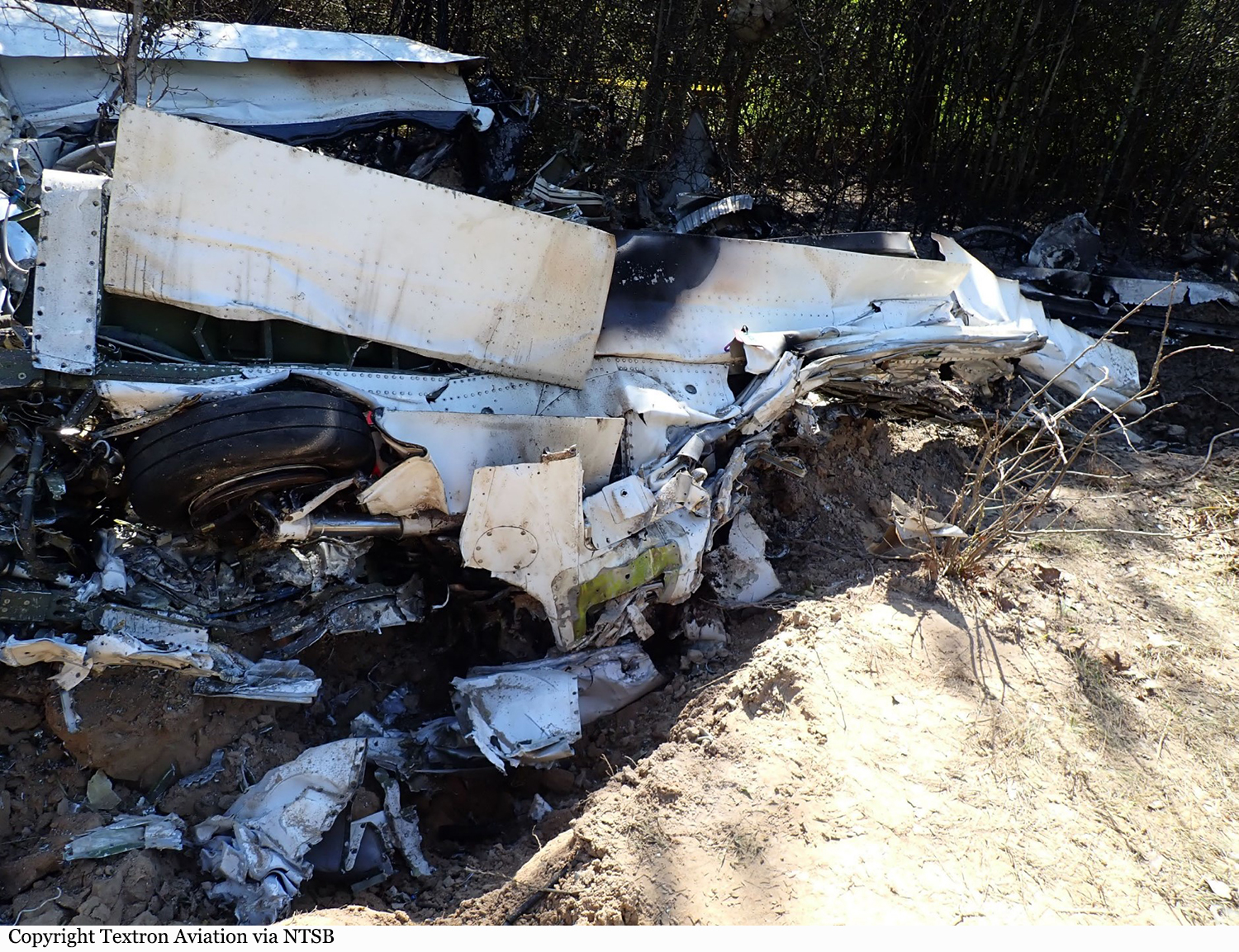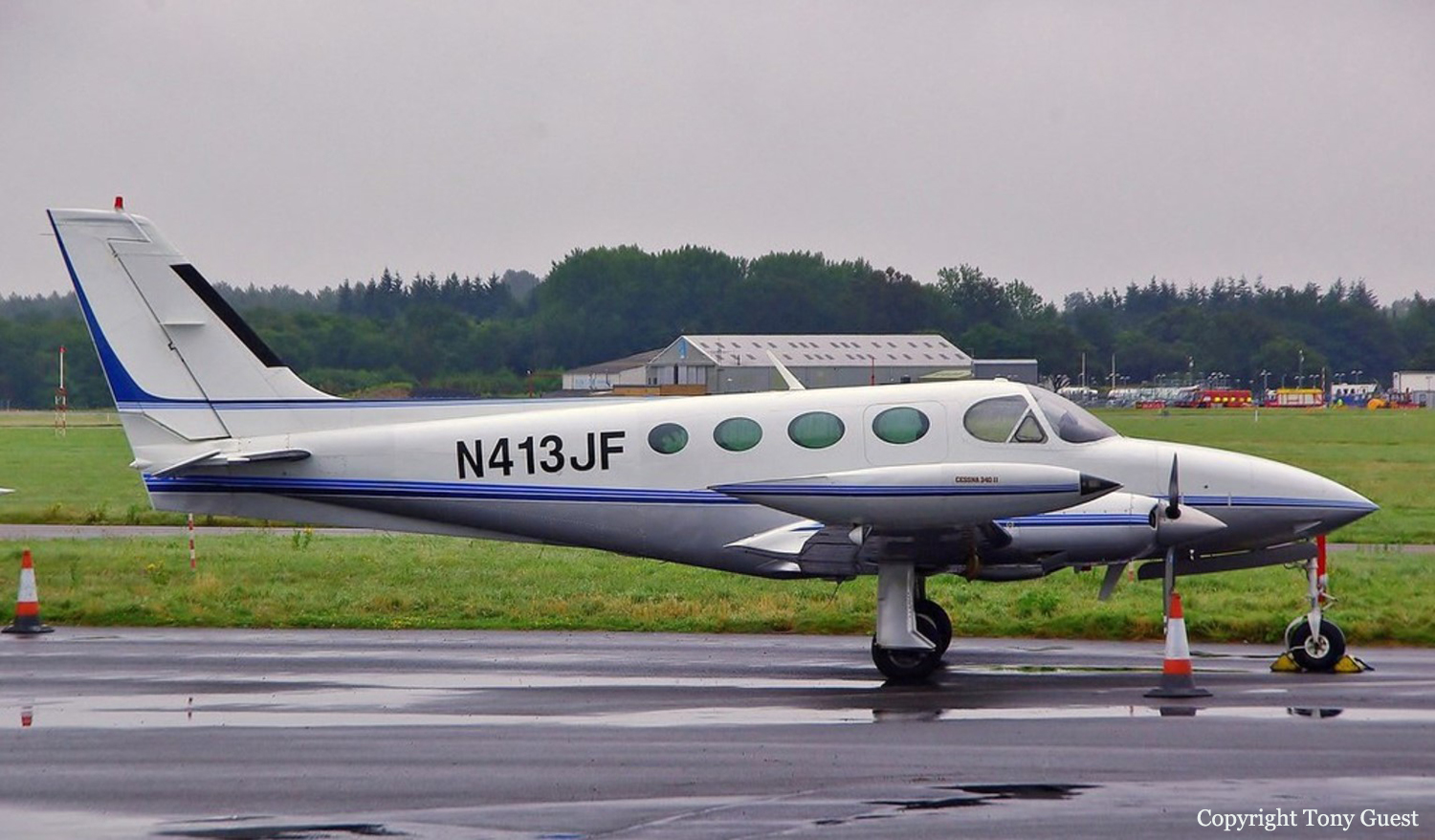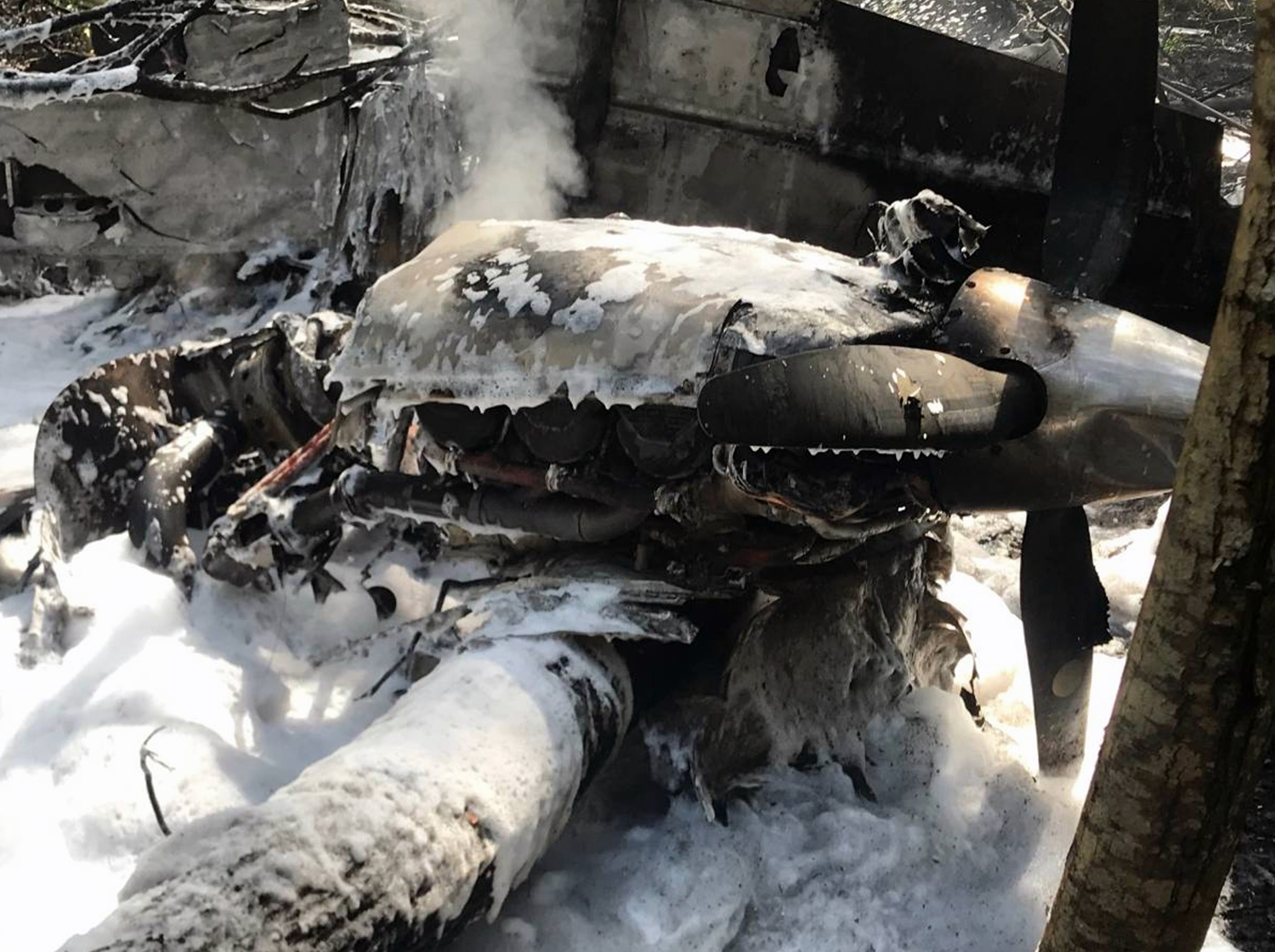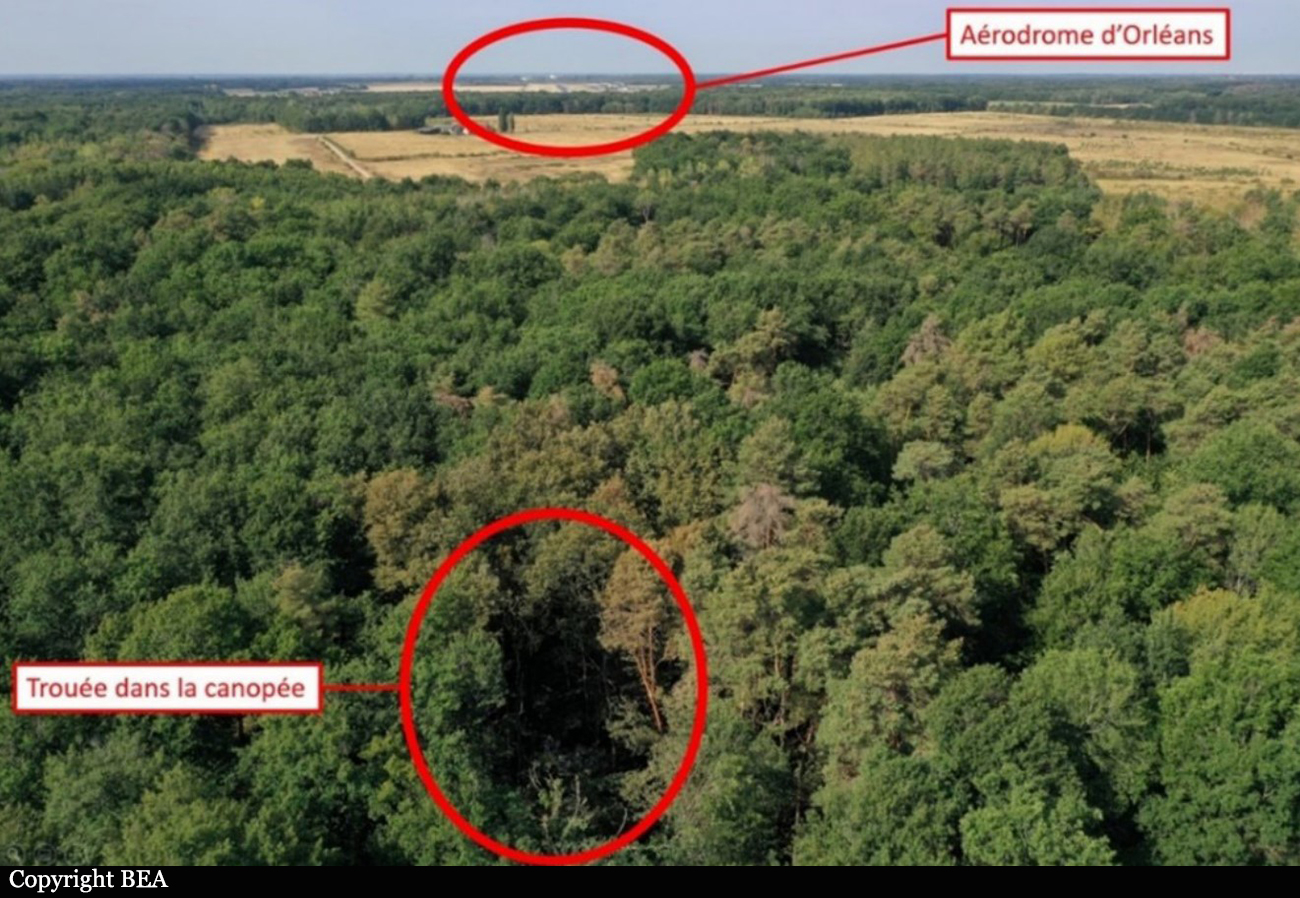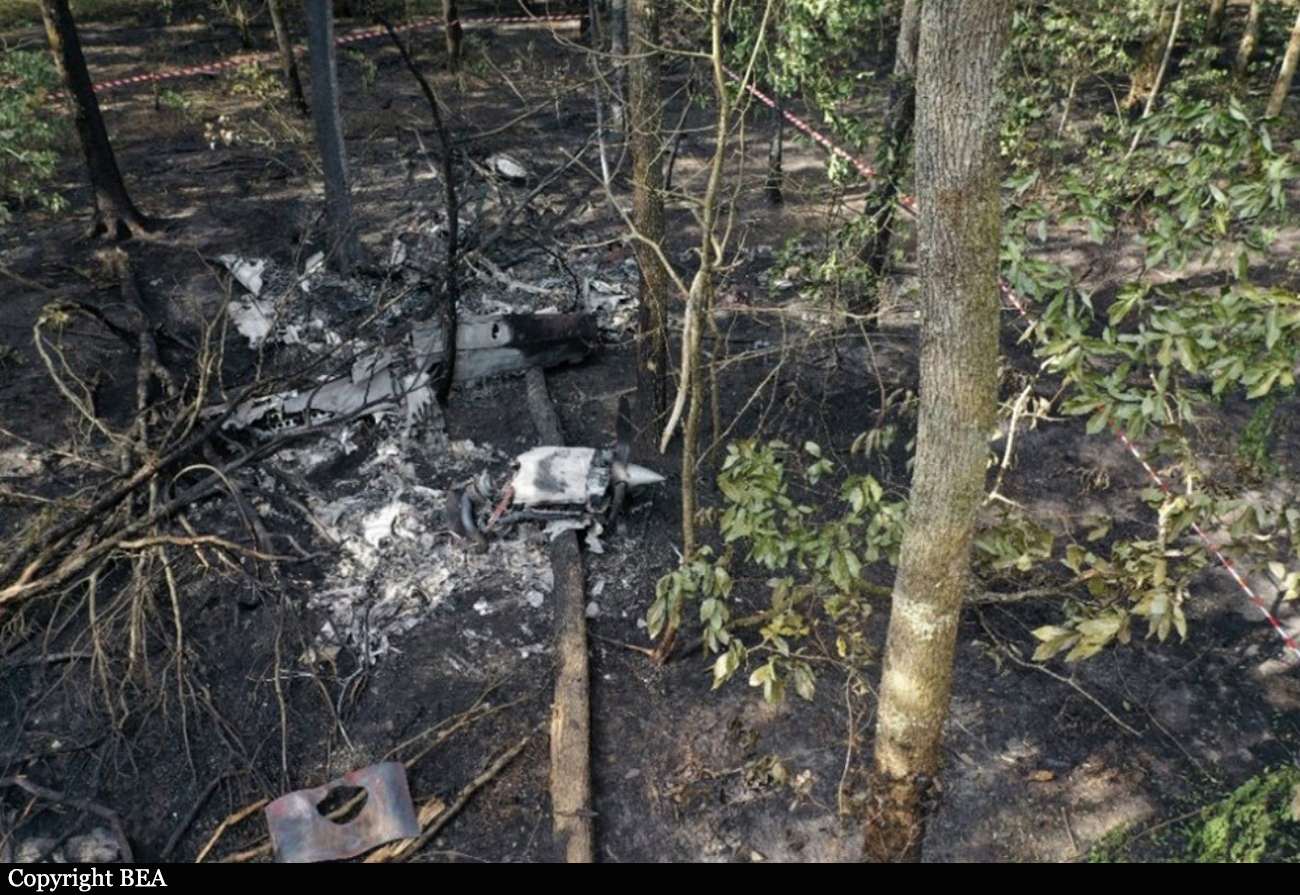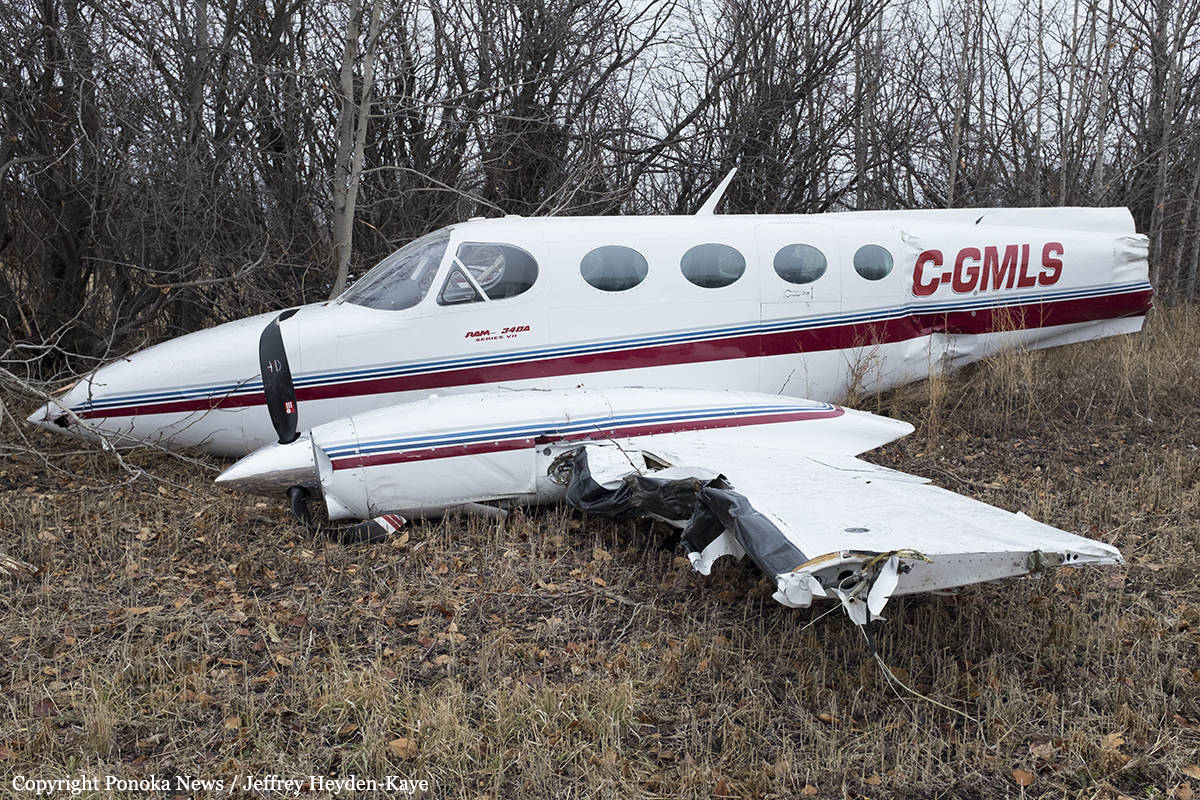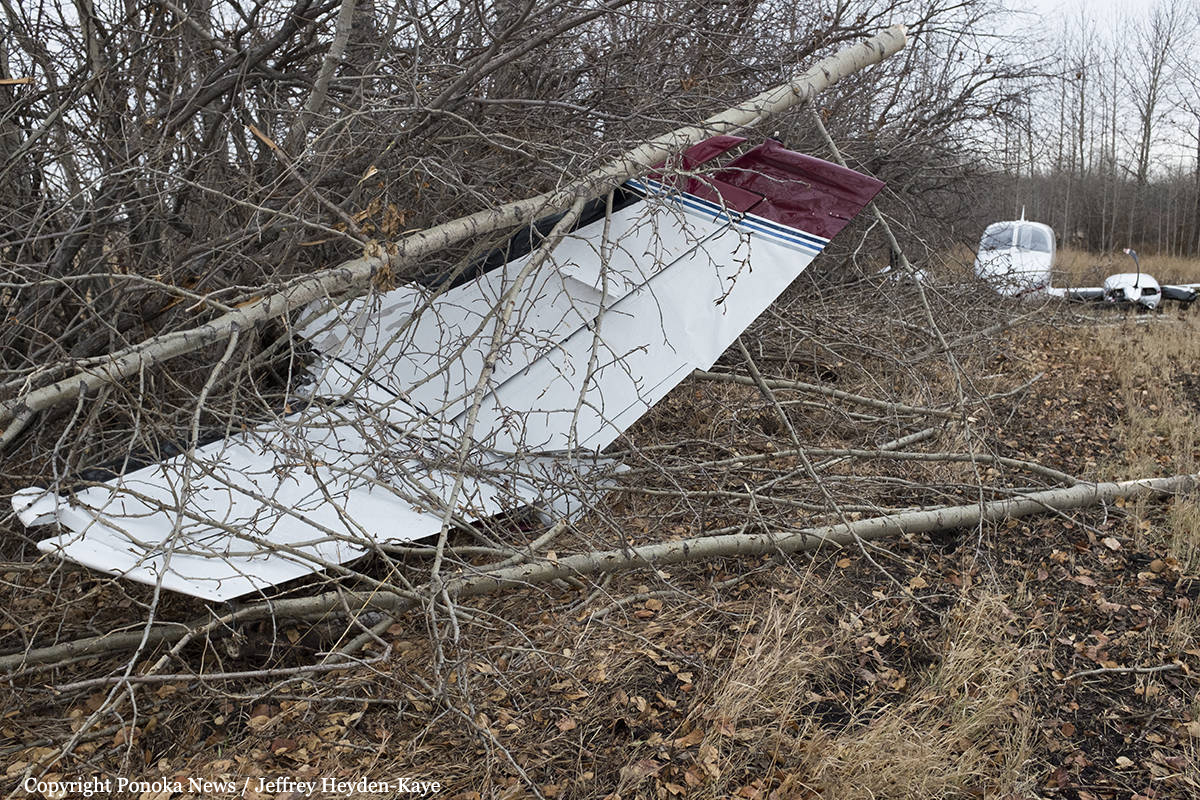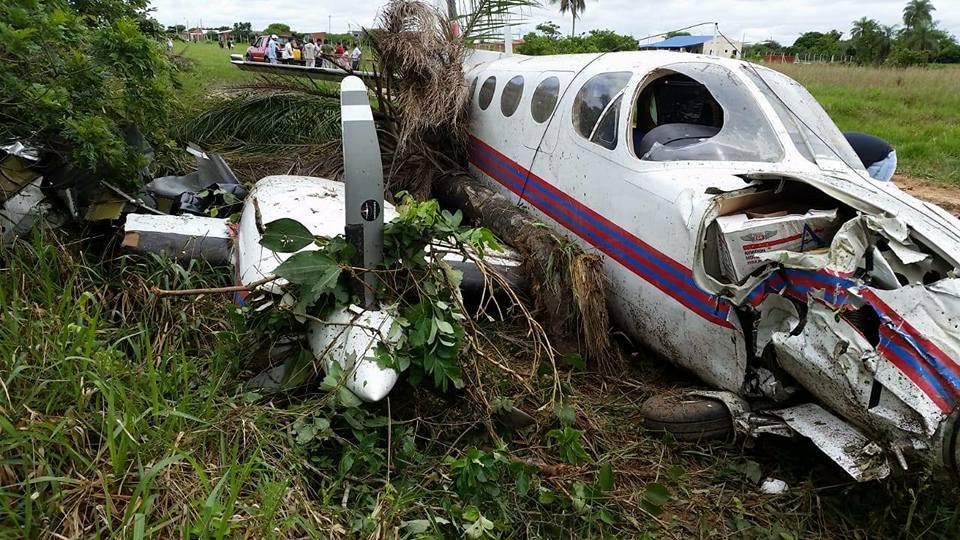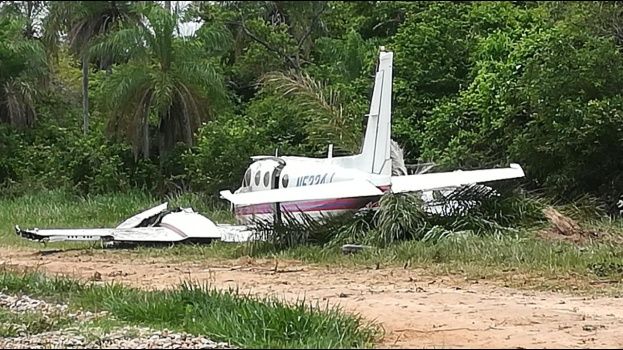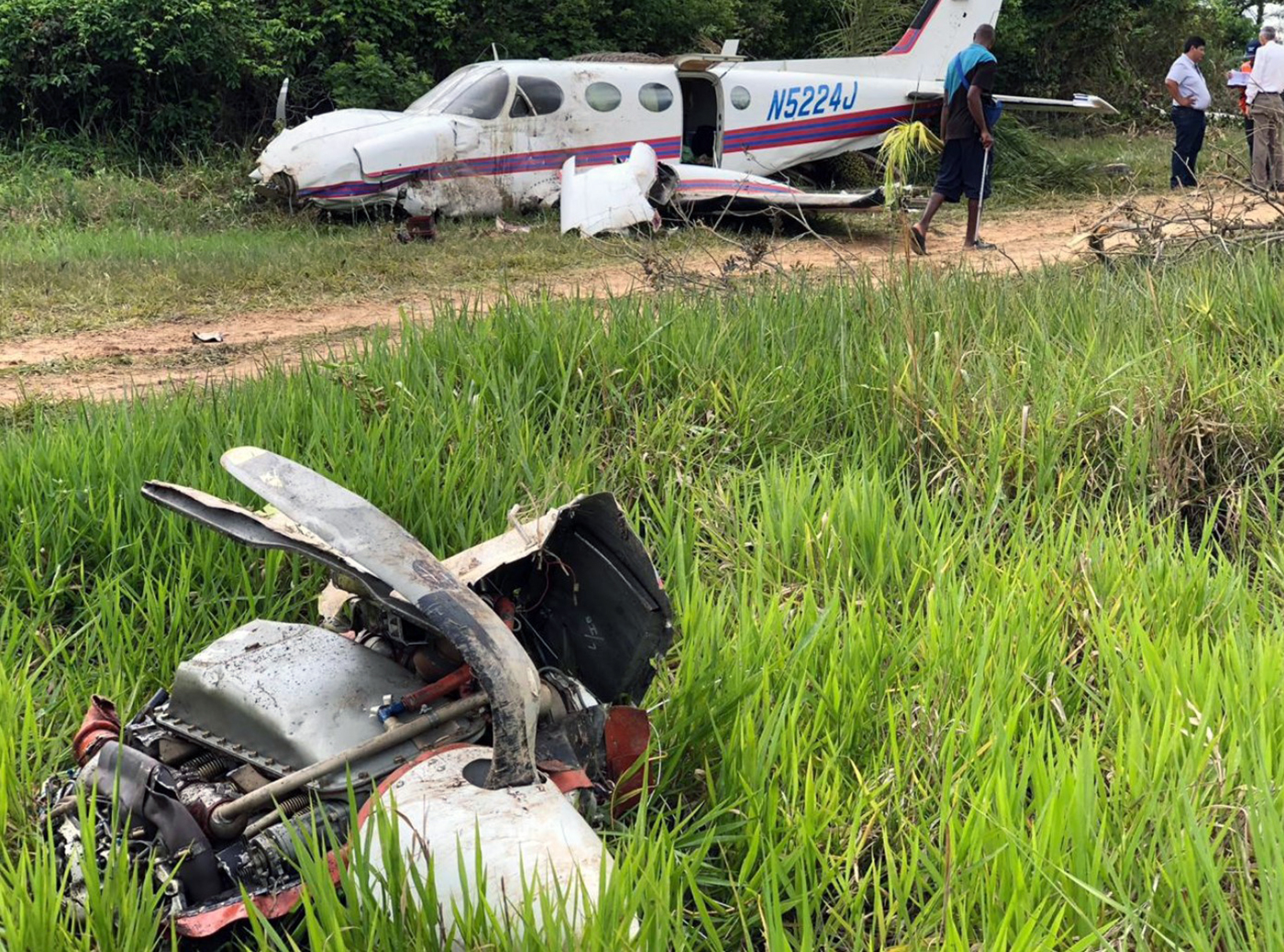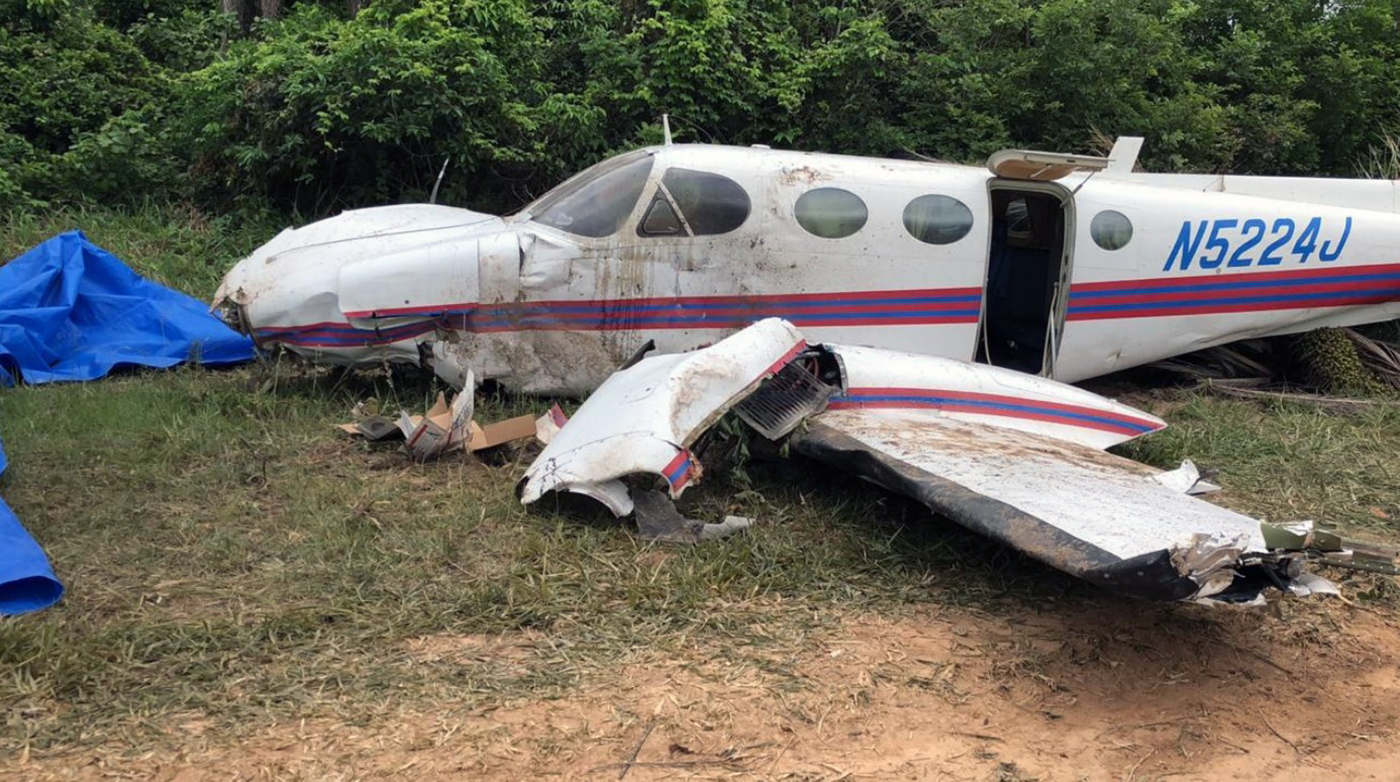Crash of a Cessna 340A off Providenciales
Date & Time:
Jan 3, 2023 at 1122 LT
Registration:
N824BC
Survivors:
Yes
Schedule:
Basseterre – Providenciales
MSN:
340A-0306
YOM:
1977
Crew on board:
1
Crew fatalities:
Pax on board:
3
Pax fatalities:
Other fatalities:
Total fatalities:
0
Aircraft flight hours:
4795
Circumstances:
The pilot reported that he began the accident flight with 160 gallons of fuel on board. The airplane was equipped with two main wingtip fuel tanks, two in-wing auxiliary fuel tanks, and one engine nacelle locker fuel tank. His normal procedure was to operate for 50 minutes out of the main tanks, then use most of the fuel in the auxiliary tanks, then transfer fuel out of the locker tank and use all of that fuel. While approaching the destination airport, he attempted to transfer fuel from the locker tank; however, he later noticed that fuel was not transferring from that tank. Later, the right engine lost all power, followed by the left. He subsequently ditched the airplane in the ocean about 17 miles from of the destination airport. The airplane landed on the water, and the pilot and his passengers donned life vests and egressed before the airplane sank. The occupants were rescued about 4 hours later. The airplane was not recovered from the ocean and was presumed substantially damaged. A postaccident examination of the fuel system could not be performed and the reason for the pilot’s inability to transfer fuel from the engine nacelle locker tank could not be determined.
Probable cause:
A fuel system malfunction for reasons that could not be determined, which resulted in fuel starvation to both engines.
Final Report:

